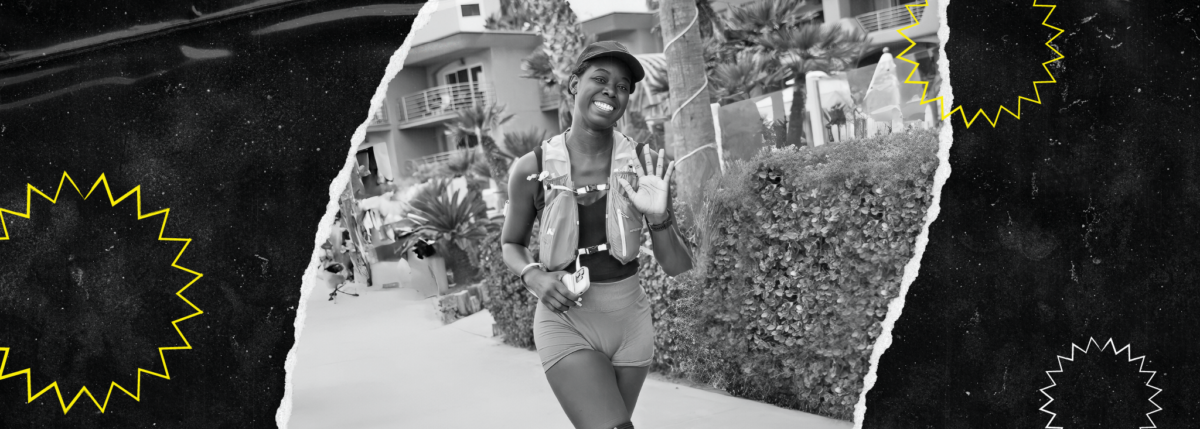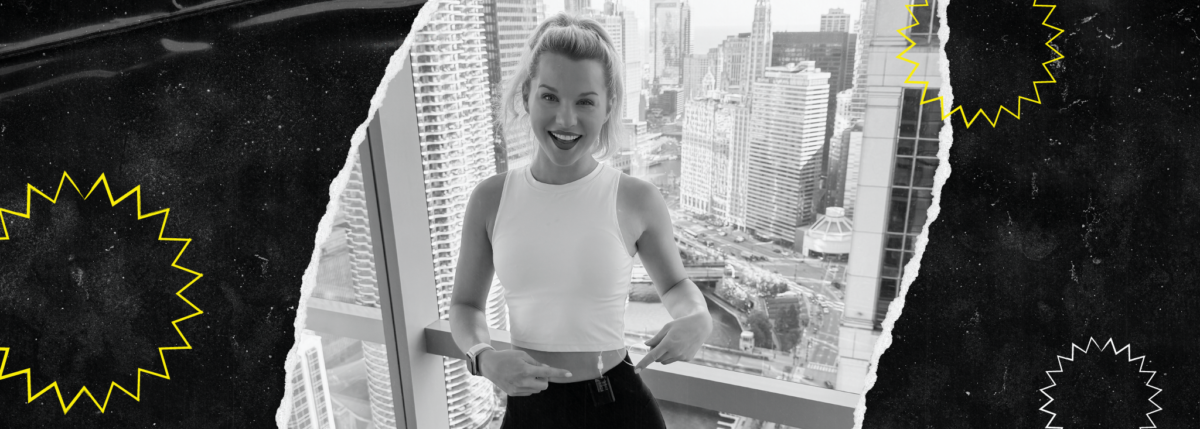Pride, Victory and T1D
Written by: Holly Harrington
3 minute read
September 1, 2015
The summer of 2014, between my second and third years at West Point, I spent a three-week stint in the woods outside the Academy conducting infantry training, then a month at the Army base in Qatar, before returning to the United States to attend Airborne School. I remember the unique beauty these places held—the glow of dawn in the midst of the forest after an overnight mission, the intensity of the red Arabian sun over the desert, or the drop zone getting larger and larger as I fell quietly along with tens of green parachutes as far as I could see. I know all these things happened, and I am so grateful that I had these experiences—but they sit in the back of my mind, overwhelmed by the thirst and hunger, dry eyes and exhaustion of that summer, that are the silent warning bells of type 1.
I returned to West Point with my Airborne wings proudly pinned on my chest, very ready to officially be an upperclassman. The excitement of my summer was over, though, so the warning bells weren’t quite as silent. I dragged myself to sick call early one morning expecting a quick fix so I could get back to triathlon training with my team and the start of classes. Three days later I returned to the barracks with insulin pens, needles, lancets, test strips, a blood glucose meter and a shell-shocked expression. Type 1 does not run in my family, and I only vaguely knew of a few kids from high school with the disease. Aside from the medical considerations, I also had to work out how my status as a cadet and future officer would be affected.
The most difficult aspect of this whole diagnosis is something that is still difficult for me to really appreciate—the lifelong nature of type 1. You can’t take a vacation from testing and treating and predicting, not one break for even one piece of food, one swim or bike or jog, not for the rest of your life. I remember sitting at my first endocrinology appointment visualizing myself as an elderly woman, pricking my finger and measuring insulin before eating a few scoops of tapioca pudding—a funny, yet startling visual. It was much easier to keep things in the short term, to visualize those decisions. What would I eat for lunch, how much insulin would I need, assuming that I would leave for a long bike ride in four hours? Where would I put my Dexcom this week so it wouldn’t hinder my uniform? How many test strips would I carry in my cargo pockets if I was going to be in the field all day?
 There was a lot of trial and error, but each decision that works out, each decision that leads to a steady blood glucose (BG) line on my continuous glucose monitor (CGM)/insulin pump, these are moments of pride and victory that I never experienced before diagnosis. What really keeps me steady, though, is the support of those around me. I always knew that West Point provided more brothers and sisters than I can count, and my diagnosis only proved me right. My teammates on the triathlon team especially built me a new base after I had to relearn everything I knew about racing. They never lost patience, never showed anything but curiosity and care as I experimented with nutrition, insulin and endurance. As for my family—I am relatively certain that my parents have read more literature on type 1 this year than the average medical school student. During those first few post-diagnosis months they made the drive up to West Point from Philadelphia for appointments and supply delivery so often that I’m certain they could make it with their eyes closed.
There was a lot of trial and error, but each decision that works out, each decision that leads to a steady blood glucose (BG) line on my continuous glucose monitor (CGM)/insulin pump, these are moments of pride and victory that I never experienced before diagnosis. What really keeps me steady, though, is the support of those around me. I always knew that West Point provided more brothers and sisters than I can count, and my diagnosis only proved me right. My teammates on the triathlon team especially built me a new base after I had to relearn everything I knew about racing. They never lost patience, never showed anything but curiosity and care as I experimented with nutrition, insulin and endurance. As for my family—I am relatively certain that my parents have read more literature on type 1 this year than the average medical school student. During those first few post-diagnosis months they made the drive up to West Point from Philadelphia for appointments and supply delivery so often that I’m certain they could make it with their eyes closed.
The confidence with which I now own my type 1 diabetes (T1D) has little to do with the fancy gadgets I am very fortunate to use, and much more to do with this early and constant support of those who surround me.
Less than one year after my diagnosis I was again able to have an adventurous summer, backpacking around German cities before training with the Army in the Bavarian countryside, then returning to West Point to help run Cadet Basic Training. Aside from the occasional glimpse of my Dexcom sensor during physical fitness or a pre-meal fingerstick test in the Mess Hall, I am just like any other Firstie (senior) at the Academy—eager to make the most of my last year before serving in the best Army in the world. Type 1 has only reinforced my resolve to serve the country, to defend those who have done so much for me, with my brothers and sisters—and my insulin pump—by my side.
Read Never Stop Exploring by Carter Clark.

Author
Holly Harrington
Holly was diagnosed with type 1 at age 20, as a cadet beginning her junior year at West Point. Thanks to the support of her family, friends and teammates, Holly was able to continue training both athletically and militarily, and still do everything else she loves—namely traveling and playing with her dog. She is now a senior and is majoring in comparative politics with minors in Arabic and Spanish. She loves to learn from other members of the type 1 diabetes (T1D) community and is inspired every day by their stories!
Related Resources

Danica Collins not only prepared for one of the most challenging physical events of her...
Read more

Beyond Type 1 is spotlighting inspiring athletes with type 1 diabetes as they prepare for...
Read more

On November 3, 2024, Taylor Rindfleisch of Chicago laced up her running shoes for the...
Read more

